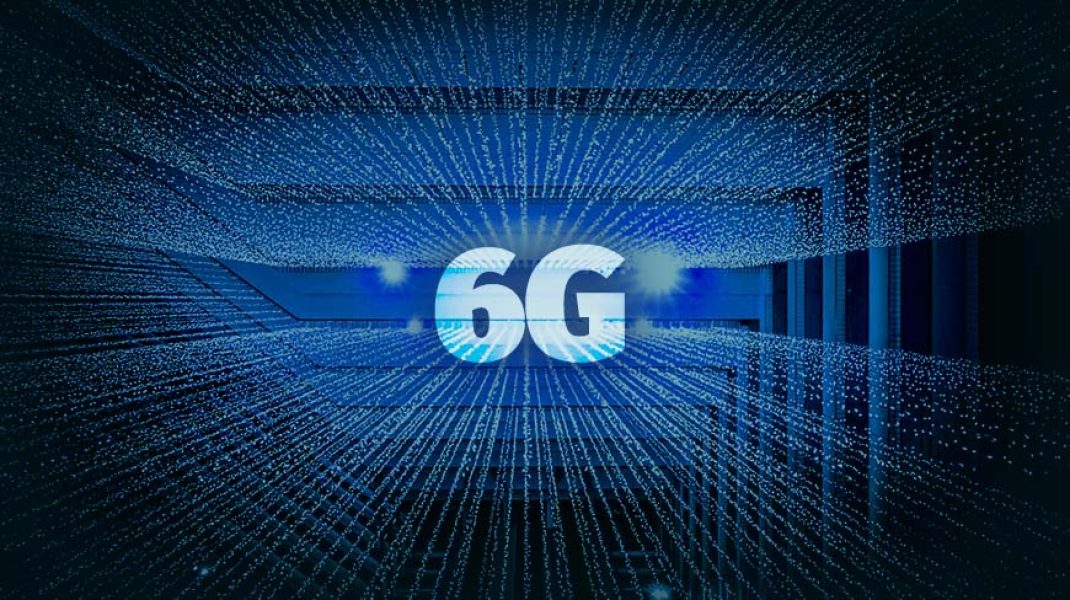
What is 6G? Here’s some things you should think about…
So you just started hearing about 5G and most of the country is still using 3/4G Technology. So why would we start talking about 6G in August 2019? Well the simple answer is that 6G is the next logical step in cellular network evolution. You would be correct to assume that 6G will seek to improve where 5G fails. Without a complete 5G rollout its impossible to say exactly what these improvements will look like. However, technology companies are already looking for the next step. With an ultimate goal of faster and better connections, there are lots of debates over which frequency bands to use.
At some point in the future connections will be so fast that you will have everything instantly that you need. From there it wouldn’t make much sense to continue coming up with new terms to describe it. Speed would no longer be the ultimate goal of technology advancement. Who knows the next generation of wireless technology could be called 5G plus. Whatever it will be called its common for work to start 10 years before it is complete. That puts the rollout of 6G around 2030.
Will it be dangerous?
The only concerning trend with technology advancement is the need to increase Hertz for faster technology. Hertz refers to the number of crest in the Radiofrequence Radiation, also called RF radiation, in a single second. Current technology uses 1 to 2 billion Hertz also referred to Giga Hertz. 5 G far surpasses that at 70G Hertz. Recently the FCC opened the path to 6 G by opening up 95 Giga Hertz all the way to 3 Tera Hertz. Current science tells us that there is nothing to worry about because all of this radiation is in the form of non ionizing radiation. Ionizing means that it has enough energy to knock electrons out of atoms which could cause cancer along with a host of other negative health effects. Radio only starts to ionizing around 2.4 million Gigahertz.
To understand the trend in cellular technology lets look at the real numbers. So current science tells us that radiofrequence radiation is harmful once it starts ionizing.
2,000,000,000 Giga Hertz (2019)
3,000,000,000,000 proposed TeraHertz for 6 G (2030)
2,400,000,000,000,000 ionizing PetaHertz HARMFUL (hopefully never)
So under this current trend it won’t take long to reach a harmful frequency of cellular technology. The best idea is to keep monitoring trends and paying attention to what the science can tell us. The dilemma arises because the higher you go up the spectrum the more data you can carry. There is always a chance that we can evolve and find different ways to transfer data, but the current methods will be exhausted within the next 100 years. Current technology can only transmit Tera hertz waves 10 meters, so there is a long way to go with the technological improvements needed for 6G.
6G capabilities vs 5G
6 G will make all the same improvements as 5G. Specifically latency is always a problem with cellphone technology. Latency simply refers to the lag that occers when singles pass through carrier switching centers. It’s feasible that 6G will reduce latency to where we can essentially say there is 0 latency. This will be a huge advancement towards having the data we need instantly instead of waiting for items to load.
Specific products will need to be built in order to use 6G technology. As a result, trying to predict benefits of future technology is always tricky business. If you can imagine virtual reality enhancements combined with artiflicial intelligence you can begin to see a realm of infinite possibilities. The more our technology can handle the more we can ask of it. I doubt the technology will be there by 2030 but I imagine putting on a headset on a soccer field and playing soccer with people all over the world except there is not ball you simply run towards a virtual ball in a plane that everyone else can use as well. Professional teams may even be the first to develop these headsets so that teammates in the offseason can keep up with important skills that may suffer from vacations in the Caribbean.
International technology race
Countries like the United States and China are in a technology race to develop the fastest and best wireless connections. China became one of the first countries to look into the technology in March. However, Japan sits in 1st place when it comes to speed with the fastest commercial available internet offering 2Gbps speeds. Japan along with several other countries are working on speeds upto 100GBPS. If you are wondering who has the slowest internet speeds that would be the Congo and Yemen. Even those at the bottom of the list are making huge improvements.
